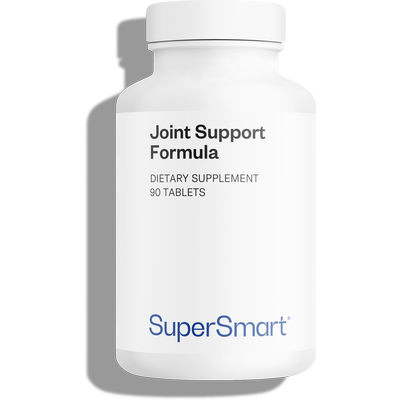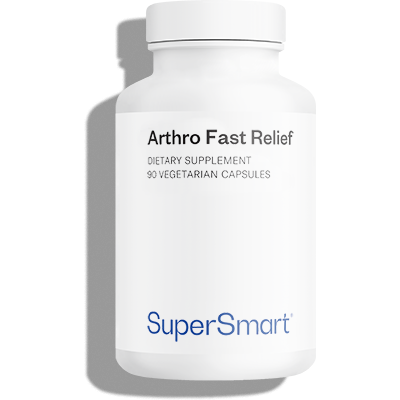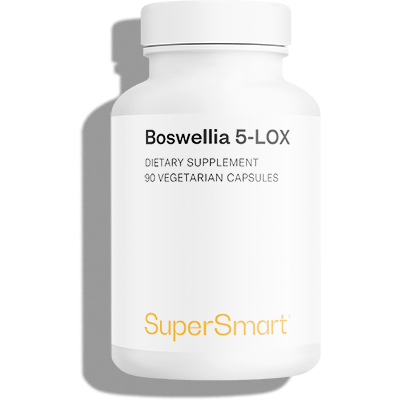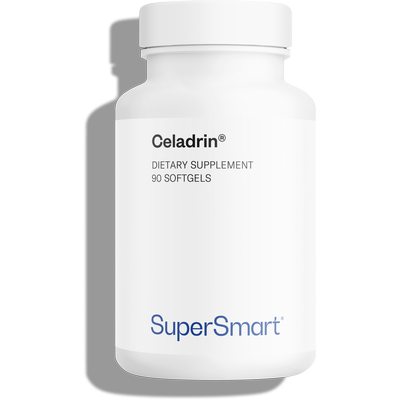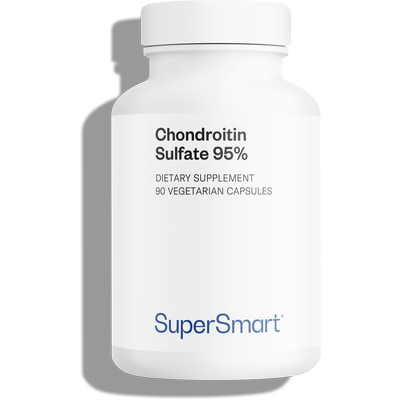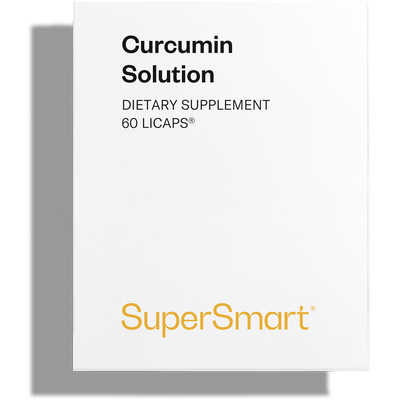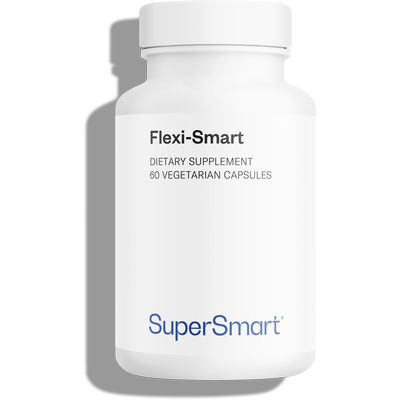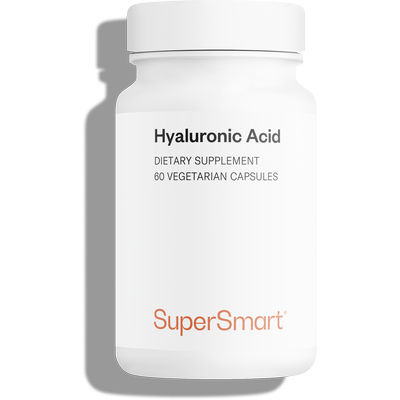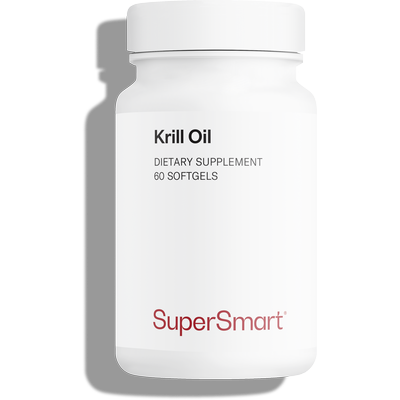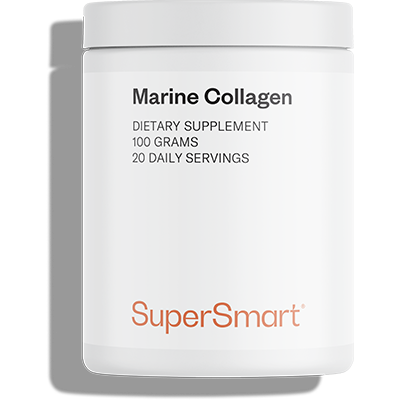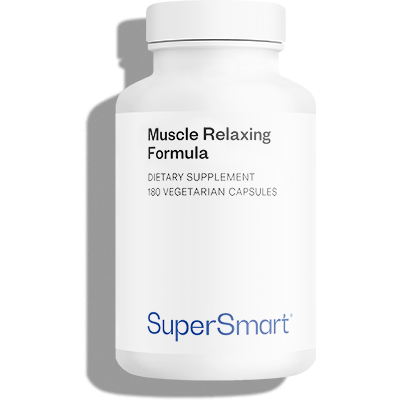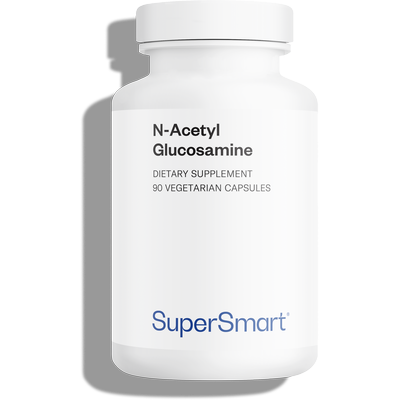6 popular supplements for combatting joint pain
Bamboo: an amazing plant for joint comfort
Did you know that bamboo has many therapeutic properties?
Used for thousands of years in traditional Chinese and Indian medicine, the exudate produced by bamboo called tabashir is packed with silica, a form of silicon. Silicon is crucial for the formation of collagen (the protein which makes up a large part of our connective tissue and cartilage) and thus for joint comfort.
The most bioavailable form of silicon is orthosilicic acid, which is available in dietary supplement form (such as Orthosilicic Acid 5 mg).
If you’re looking for a synergistic formulation containing a bamboo extract standardised in silicon, our classic supplement Joint Support Formula ticks all the boxes.
Boswellia serrata for joint inflammation
Boswellia serrata is another highly-effective medicinal plant for the joints. Native to India, and long used for making incense, it also has a centuries-old tradition of use in Ayurvedic and Chinese medicine for treating painful joints.
Boswellia’s effects on joint health are due to its high content of boswellic acids, substances with remarkable anti-inflammatory properties.
You’ll find it in our state-of-the-art supplement Super Boswellia (with a high content of AprèsFlex™) as well as in our excellent topical product Smart Joints Cream, composed of boswellia, eucalyptus and coconut oil.
A compound naturally present in synovial fluid
Hyaluronic acid is a polysaccharide naturally produced by our cells. It is found throughout the body, including in the skin, eyes and joints.
High levels are found in synovial fluid, the viscous substance that surrounds and protects cartilage. This fluid acts as a lubricant, facilitating normal joint movement.
The supplement Hyaluronic Acid enables you to significantly increase your intake of this polysaccharide. Its unique formulation has been developed with high molecular weight molecules.
Crucial role of type II collagen in the joints
Collagen is a fibrous protein abundant in mammals. It is produced by cells present in connective tissue called fibroblasts.
Collagen is most often thought of as a component of the skin. But it is also found abundantly in bones, tendons, ligaments and cartilage. 28 distinct types of collagen have been identified, including type II which is concentrated in cartilage. It plays a role in its structure, elasticity and resilience.
Collagen is found in foods such as marrow bones, gelatine, beef, chicken wings, eggs and salmon. But it’s easier to absorb larger amounts, and target the joints with type II collagen, by taking a dietary supplement. Our capsules UC II® are made from undenatured type II collagen, produced using a proprietary process.
Sulphur, MSM and joint health
Sulphur is found at high levels in connective tissue collagen and plays an important role in the formation of glycosaminoglycans, key components of joint cartilage. It’s therefore a very important mineral for joint health.
Methylsulfonylmethane, or MSM, is an excellent source of sulphur that can be easily absorbed by the body.
MSM is found in many foods such as cow’s milk, Brussels sprouts and eggs, but only in small amounts. By supplementing with a product like OptiMSM®, you can benefit from a much more significant amount of MSM.
Its beneficial effects are also provided by our synergistic formulation Orthosilicic Acid 5 mg, in which it is combined with silicon (amongst others), as well as in our topical product Smart Joints Cream, which also contains Boswellia serrata.
Glucosamine and chondroitin: effective for joint discomfort?
Glucosamine is an amino sugar naturally produced and used by the body. It’s a precursor of glycosaminoglycans, which are essential for building and repairing cartilage and other connective tissue.
To increase your intake, take a glucosamine supplement such as NAG (N-acetyl glucosamine). Supplements often contain marine-source glucosamine extracted from chitin, a highly-resistant polysaccharide found in the shells of crustaceans.
Chondroitin, meanwhile, is actually a glycosaminoglycan, a long and complex sugar chain naturally present in human connective tissue. This family of compounds plays a key role in maintaining cartilage elasticity as a result of their ability to retain water.
You can take chondroitin in capsule form. Ideally, choose a highly-purified marine chondroitin such as Chondroitin Sulfate 95%. Its exceptional 95% purity is the result of a complex production process which ensures its pharmaceutical quality.
These compounds are popular with many people for combatting joint discomfort. Some naturopaths recommend taking glucosamine and chondroitin together, a combination offered by our gold-standard supplement Joint Support Formula.
.Joint pain: definition and causes
What exactly is joint pain?
As a reminder, joints are the connection points between bones which ensure control and fluidity of movement. Joint pain refers to a feeling of discomfort or sensitivity in one or more joints.
The most common sites of joint pain include:
- knees;
- hips;
- shoulders;
- elbows;
- wrists;
- ankles ...
Deterioration of the osteoarticular system (caused by injury, illness, etc) can lead to mobility problems which have a significantly negative effect on daily life.
Arthritis, a common cause of joint pain
One of the potential causes of joint pain is arthritis. From the Greek arthron meaning joint, and the Latin itis meaning inflammation, arthritis usually refers to acute or chronic inflammation of the joints.
The term ‘arthritis’ does not denote a specific disease but is a clinical symptom found in more than 100 different conditions (such as osteoarthritis). This inflammation can be caused by an autoimmune disease, wear and tear, or infections.
Osteoarthritis and deterioration of cartilage
Osteoarthritis is a form of degenerative arthritis. This chronic joint disease is caused by wear and tear of cartilage, which is itself due to ageing and other factors.
When the ‘shock absorbers’ between bones are no longer effective, it results in pain, stiffness or swelling in the joints.
The knees and hips are the two most common sites of osteoarthritis.
What are the various causes of knee problems?
Many people suffer from knee problems - it’s a classic joint complaint. Knee issues are usually related to:
- age, with the gradual onset of degenerative conditions such as osteoarthritis ;
- they may also be the result of sudden, maladaptive movements. This is often the case with problems suffered by sportspeople, such as a torn ligament or meniscus, and tendonitis. Sports such as football and skiing are particularly risky for knee health as they involve frequent jumps, twists and sudden movements;
- repetitive movements are also conducive to joint problems as they exert constant pressure on particular areas such as the knees. Excessive repetition of the same movements can cause tendonitis as well as iliotibial band syndrome or joint overexertion;
- excess weight and lack of exercise are also aggravating factors. When knees have to bear too heavy a load, there is a risk of premature deterioration. So for the health and comfort of your joints, try, if necessary, to lose weight and engage in a suitable form of exercise.
Discover also our dietary supplements against fatigue and for energy, our supplements for weight loss, our vitamins for bone health and our supplements for physical activity and sports.

